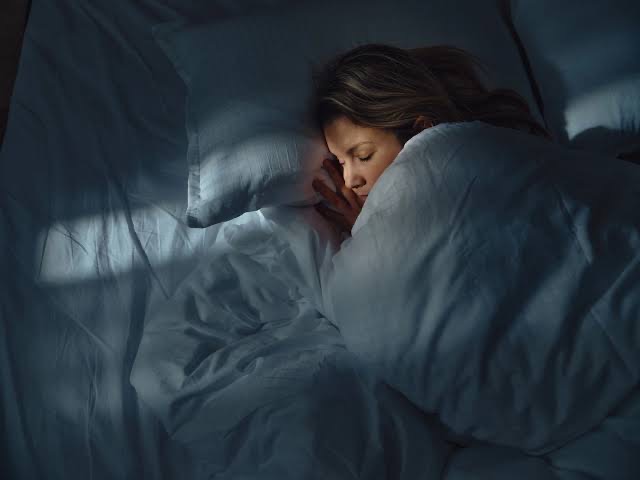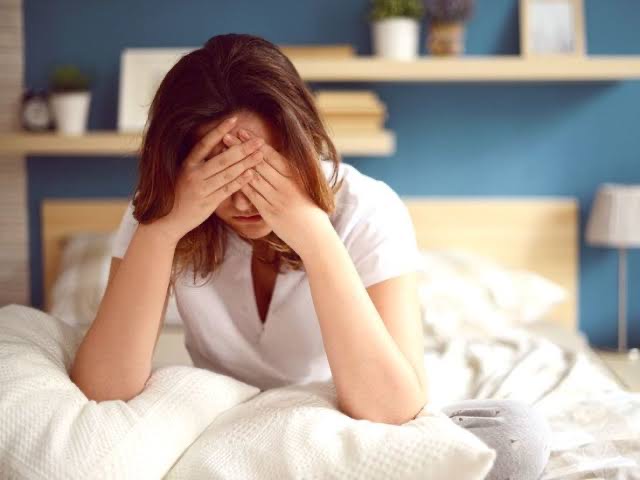Fatigue is a common experience that goes beyond feeling tired or sleepy. It’s a persistent sense of exhaustion that affects your physical and mental well-being, reducing your ability to perform daily activities. While occasional fatigue is normal, chronic fatigue may signal an underlying issue.
Here’s everything you need to know about it, its causes, symptoms, and how to combat it effectively.
What is Fatigue?
Fatigue is a state of extreme tiredness or lack of energy that doesn’t improve with rest. Unlike simple tiredness, it can persist over time and significantly impact your quality of life, including concentration, productivity, and emotional health.
Common Causes
1.Lifestyle Factors
– Lack of Sleep: Poor sleep quality or insufficient sleep can leave you feeling drained.
– Dietary Habits: Consuming too much sugar, caffeine, or processed foods can cause energy crashes.
– Sedentary Lifestyle: Physical inactivity can contribute to sluggishness.
2. Medical Conditions
– Anemia: Low red blood cell levels can limit oxygen delivery to your body, causing fatigue.
– Thyroid Disorders: An underactive thyroid (hypothyroidism) slows metabolism, leading to tiredness.
– Chronic Fatigue Syndrome (CFS): A condition characterized by severe, unexplained fatigue lasting over six months.
– Sleep Apnea: Interrupted breathing during sleep can result in poor rest and fatigue.
3. Mental Health Issues
– Depression: Persistent sadness or lack of motivation can drain energy.
– Anxiety: Constant worry or stress can be mentally and physically exhausting.
4. Medications and Substance Use
– Certain medications, like antihistamines or sedatives, may induce drowsiness.
– Excessive alcohol or drug use can also disrupt sleep and energy levels.
Symptoms of Fatigue
It can manifest in various ways, including:
– Persistent tiredness or lack of energy.
– Difficulty concentrating or making decisions.
– Muscle weakness or lack of motivation.
– Irritability or mood swings.
– Headaches or dizziness.
How to Overcome Fatigue
1. Improve Sleep Hygiene

– Stick to a regular sleep schedule.
– Avoid screens and caffeine before bedtime.
– Create a comfortable sleeping environment.
2. Adopt a Balanced Diet

– Eat nutrient-rich foods, including fruits, vegetables, lean proteins, and whole grains.
– Stay hydrated by drinking plenty of water throughout the day.
– Avoid heavy meals close to bedtime.

– Engage in moderate physical activity, such as walking, yoga, or cycling.
– Regular exercise boosts energy levels and improves sleep quality.

– Practice mindfulness, meditation, or relaxation techniques.
– Prioritize tasks and set boundaries to reduce overcommitment.
5. Seek Medical Advice

– If fatigue persists, consult a doctor to rule out underlying health conditions.
– Blood tests or sleep studies may help identify the root cause.
When to See a Doctor
Visit a healthcare professional if your fatigue:
– Lasts more than a few weeks despite lifestyle changes.
– Interferes with daily activities or relationships.
– Is accompanied by other symptoms like weight loss, fever, or unexplained pain.
Conclusion
Fatigue is more than just being tired; it’s a complex issue influenced by lifestyle, health, and emotional factors. Addressing the root causes through healthy habits and seeking medical advice when necessary can help restore your energy and improve your overall well-being. Remember, small changes can lead to significant improvements in how you feel.


Pingback: Is Breathing Through the Mouth Bad? - SimplExplainer